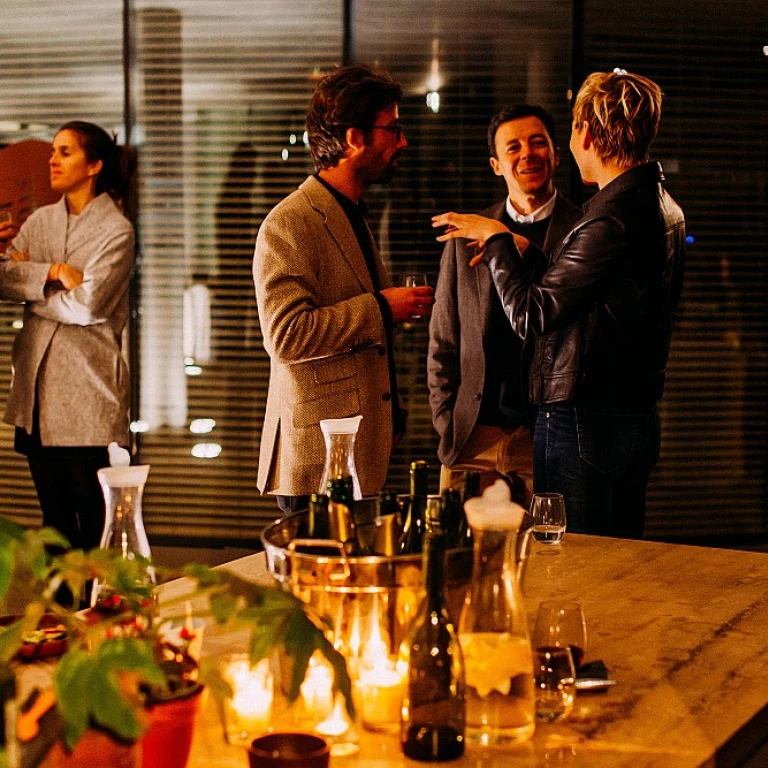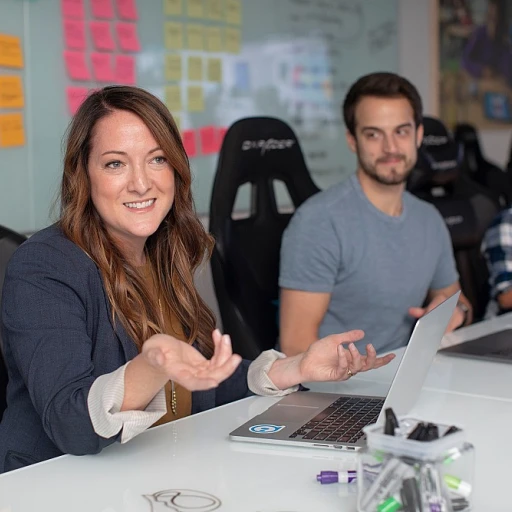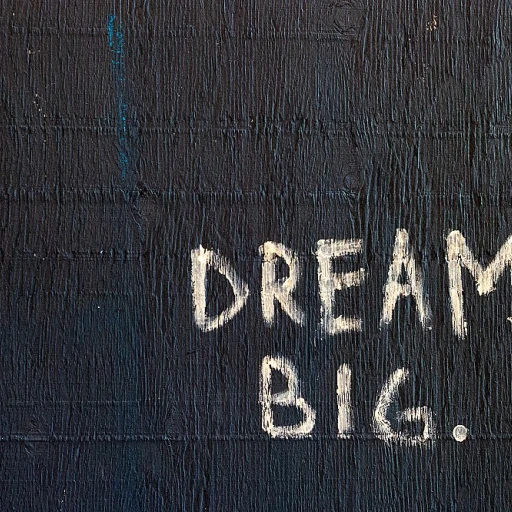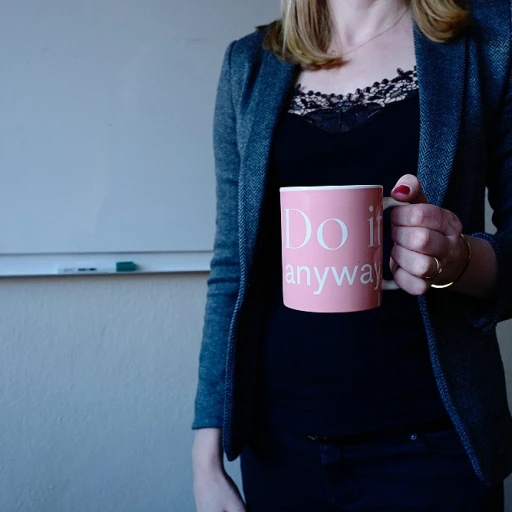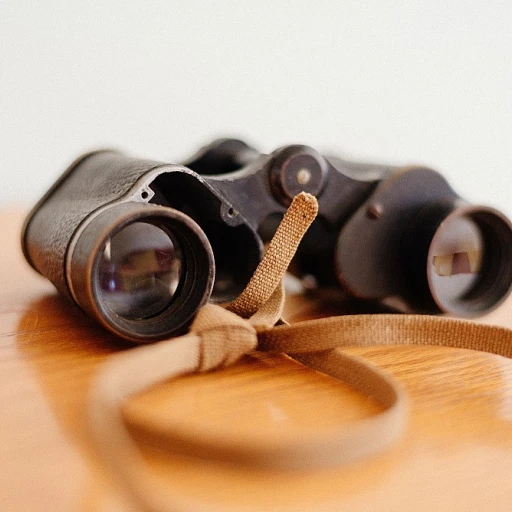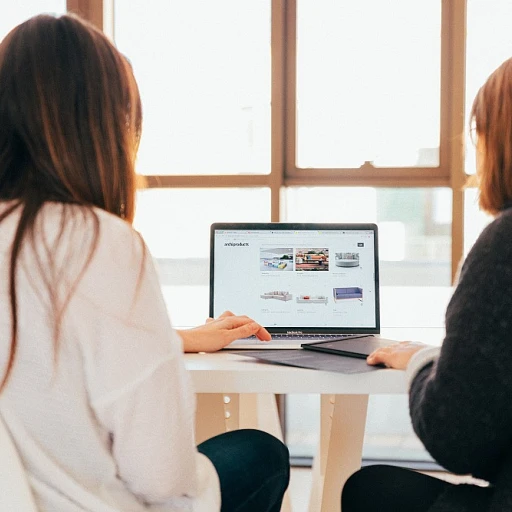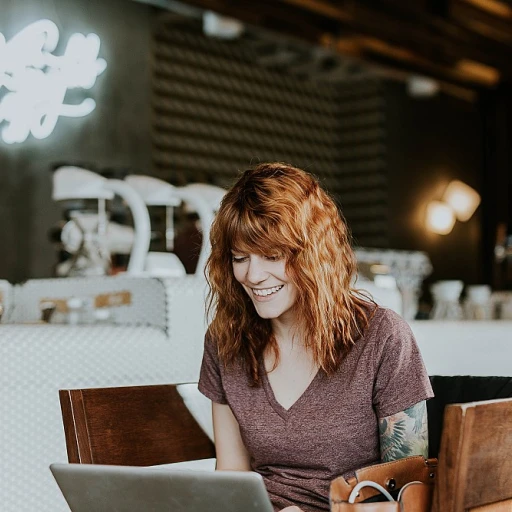
The Evolution of Workspaces
The Transformation of Office Spaces Over Time
The concept of the workspace has undergone significant evolution, adapting to the demands of creativity and innovation. Originally, offices were more about practicality and efficiency rather than creativity. Today, especially in the United States, the office space is being reimagined with designs that prioritize boosting creativity and accommodating diverse work styles.
In the past, offices were often characterized by rigid, compartmentalized layouts, commonly featuring rows of desks and minimal opportunity for creative interaction. However, modern creative work environments are breaking free from these traditional constraints. Contemporary office designs incorporate elements like natural light, flexible furniture, and vibrant colors that encourage a flow of ideas and inspiration.
Art studios and creative spaces now emphasize inclusivity and collaboration. A well-balanced workspace design integrates open spaces with areas that allow for privacy and focus, ensuring that every stroke width of a project can be nurtured through both solitary reflection and cooperative engagements.
Books and items that reflect the interests and values of the company serve as key elements, aligning the space with the mission to create a welcoming and inspiring atmosphere. When people feel good about their surroundings, their quality of work naturally improves, and creativity thrives.
The transformation continues as organizations realize that the work environment can significantly impact employee well-being and productivity. Businesses are actively seeking interior design trends that facilitate a productive, yet calming ambiance. This not only improves employee satisfaction but also helps in retaining talent within the company. Balancing work and life within these creative workspaces has therefore become an essential focus in today's dynamic employment landscape.
The Role of Technology in Creative Workspaces
The Intersection of Technology and Creative Office Environments
The modern workspace has rapidly evolved, largely due to technological advancements that are reshaping how people create and collaborate. The inclusion of technology in office design is pivotal to boosting creativity and productivity. Modern interiors are now leveraging smart office solutions and digital tools to generate a responsive and dynamic environment that encourages out-of-the-box thinking.
Many creative workspaces integrate technology to enhance collaboration and innovation. Interactive displays and high-speed Wi-Fi facilitate seamless communication and sharing of ideas, regardless of physical location. Such tools blur the lines between physical and virtual workspaces, allowing people to engage more effectively from their desks or remote settings.
The use of virtual reality (VR) and augmented reality (AR) within creative spaces has opened up new dimensions for exploration and creation. Whether crafting in a studio or collaborating in a united states-based office space, VR and AR help visualize projects in 3D before they are physically produced. This not only saves time but also allows for more precise iterations, leading to refined products.
The impact of technology isn't limited to digital platforms; it also enhances the physical aspects of an office. Incorporating smart lighting systems with natural light options adjusts according to the time of day, promoting a feel good atmosphere conducive to creativity. Similarly, smart work spaces have automated climate control features to maintain an optimal working environment, ensuring that office spaces remain comfortable and ideal for productive work.
Importantly, technology also provides tools to personalize the workplace, which is paramount for maintaining a balance between functionality and aesthetic appeal. Office design often includes modular furniture that can be reconfigured to suit different working needs, embodying flexibility – a key element in the workspace. This allows individuals to craft spaces that resonate with their personal preferences, enhancing the sense of an "art studio" within a professional setting.
Furthermore, today's offices advocate for a clutter-free zone, minimizing items that do not serve a functional purpose. Automated cls fill systems and stroke width adjustments ensure that the abandonment of unnecessary materials does not compromise storage efficiency. Embedded digital solutions help maintain the workspace organized, further enabling employees to focus their energies on creative endeavors.
As businesses recognize the importance of fostering creativity, integrating technology becomes even more critical. To maintain an engaging and productive workspace, companies should strike a balance, ensuring that technology amplifies creativity without overwhelming the user experience. Integrating these technological aspects into the interior design, businesses can enable vibrant, innovative environments that pave the way for future creative successes.
For more insights on optimizing workplace environments to support creativity, consider exploring how fostering a gentle workplace culture can contribute to future success: fostering a gentle workplace culture.
Designing Spaces for Collaboration and Innovation
Creating Spaces That Inspire Collaboration and Innovation
The modern office is evolving. The transformation of work environments aims to maximize creativity, foster collaboration, and inspire innovation. Designing a creative workspace involves more than just aesthetics; it's about creating a functional equilibrium between comfort and inspiration. In recent years, with the shift towards remote work, the concept of office spaces has changed dramatically. Many companies are now prioritizing open-plan offices and breakout areas designed to encourage spontaneous interactions and ideas. According to a CLS study, an office space that boosts creativity should incorporate flexible designs that allow employees the freedom to choose where and when they work. This approach nurtures autonomy and may improve overall productivity. Here are some key elements to consider in the design of a creative workspace:- Flexible Layouts: Providing options like movable desks and reshuffleable furniture allows space to adapt to different tasks and team sizes.
- Natural Light: Incorporating natural light into office design can improve mood and enhance creativity. It's widely acknowledged that employees who work in spaces with abundant natural light tend to feel more energetic and satisfied.
- Designated Collaborative Areas: These include huddle rooms or open lounges where teams can gather and share ideas without the formality of a meeting room.
- Artistic Elements: Integrating elements of art and vibrant colors can stimulate creativity. Items such as paintings, murals, or creative installations provide a visual boost to the work environment.
- Tech-Enhanced Studios: Equipping spaces with the latest technology and easy-to-use digital tools encourages innovation and agility in creative processes.
Remote Work and Its Influence on Creative Spaces
Transforming Distance into Creative Advantage
Remote work has reshaped the landscape of creativity, allowing individuals to rethink what a workspace can be. With the increasing prevalence of remote offices, the traditional boundaries of a creative space have effectively dissolved. This shift augments flexibility and leverages technology, making creativity unfurl in every corner of a home studio or a bustling café.
The challenge for businesses and individuals is to create environments that nurture innovative thinking outside conventional office walls. Remote workspaces must be designed to integrate key elements that boost creativity, such as maintaining a balance between functionality and aesthetics. Ergonomically optimized desks, for instance, support prolonged creative endeavors, while natural light can significantly enhance mood and productivity.
Remote work encourages personalization of one's workspace, thus amplifying a sense of ownership and comfort. People now curate environments full of items that evoke ideas and inspiration—artful decorations, books, and even strategic strokes of color on walls occur as intentional choices to inspire creative thinking. This level of customization adds an enticing layer to the work life of many professionals across the United States and beyond.
While distance offers flexibility, some constraints remain. Successful remote creative offices will prioritize communication, ensuring people can share ideas fluidly while feeling part of a cohesive team. Digital solutions that provide real-time collaboration tools, like virtual whiteboards or group chats, will mitigate these challenges and foster effective team dynamics.
Ultimately, the future of creative workspaces in a remote context hinges on merging the advantages of spatial independence with structures that promote organization and creativity. By doing so, we turn potential obstacles into opportunities for creative innovation, enhancing artistry and productivity in the remote work era.
The Psychological Impact of Creative Work Environments
The Emotional Canvas of Creative Workspaces
In the quest to unleash creativity within the modern workspace, understanding the psychological impact of creative work environments becomes paramount. The design of a space can significantly influence how people feel and perform. A well-thought-out office design can boost creativity by fostering a sense of comfort and inspiration.
Natural light, for instance, is a key element in any creative workspace. It not only enhances the aesthetic appeal but also positively affects mood and productivity. Studies suggest that exposure to natural light in office spaces can reduce stress and increase energy levels, which are crucial for maintaining creativity throughout the day.
Moreover, the arrangement of items and the overall interior design play a crucial role in shaping the work environment. A cluttered desk can stifle creativity, while a clean and organized space can help clear the mind, allowing ideas to flow more freely. The use of art in a studio or office space can also stimulate creativity, serving as a visual cue that sparks new ideas.
Privacy is another important aspect of a creative work environment. While collaboration is essential, having a space where one can retreat to think and create without interruption is equally important. This balance between open, collaborative spaces and private areas is a hallmark of effective workspace design.
In the United States, the trend towards designing workspaces that feel good and support mental well-being is gaining traction. Real estate developers and interior designers are increasingly focusing on creating environments that not only look good but also enhance the psychological well-being of their occupants.
Ultimately, the psychological impact of creative work environments is profound. By prioritizing elements like natural light, thoughtful design, and a balance between collaboration and privacy, businesses can create spaces that not only look appealing but also foster creativity and innovation.
Future Trends in Creative Workspaces
Innovative Trends Shaping Future Creative Workspaces
As we look ahead, the evolution of creative workspaces reveals exciting trends driven by technological advancements and changing work dynamics. Embracing these trends will have a profound impact on boosting creativity and collaboration.- Emphasis on Flexibility and Adaptability: Workspaces that are designed to be flexible and easily reconfigurable will become the norm. Open office spaces will increasingly integrate movable partitions and modular furniture to support dynamic work needs. Such work environments allow for a seamless transition between focused work and collaborative activities, fostering innovation and creativity.
- Integration of Cutting-Edge Technology: As discussed earlier, technology plays a pivotal role in enhancing creative workspaces. The incorporation of AI, VR, and AR tools in office design will continue to provide immersive experiences and facilitate creative brainstorming sessions. These technologies offer creative professionals new ways to visualize ideas, explore possibilities, and bring concepts to life.
- Biophilic Design and Natural Elements: The importance of natural light and biophilic design elements cannot be overstated. Biophilic design aims to bring the outside in, incorporating natural materials and plants into the work environment. This approach not only enhances aesthetic appeal but also improves mental well-being and productivity, making people feel more connected and inspired.
- Focus on Sustainable Design: With growing awareness about environmental impacts, sustainability is becoming a key consideration in office design. Creative workspaces will prioritize eco-friendly materials and practices, from energy-efficient lighting to recyclable materials. This shift towards sustainable creativity aligns with a broader commitment to responsibility and well-being.
- Rise of Hybrid Work Models: The trend of remote and hybrid work models is redefining the traditional office environment. Flexible work arrangements require creative solutions to maintain productivity and collaboration. For instance, transitioning between remote and in-person settings will call for adaptable design elements, ensuring teams can work efficiently regardless of their location.
